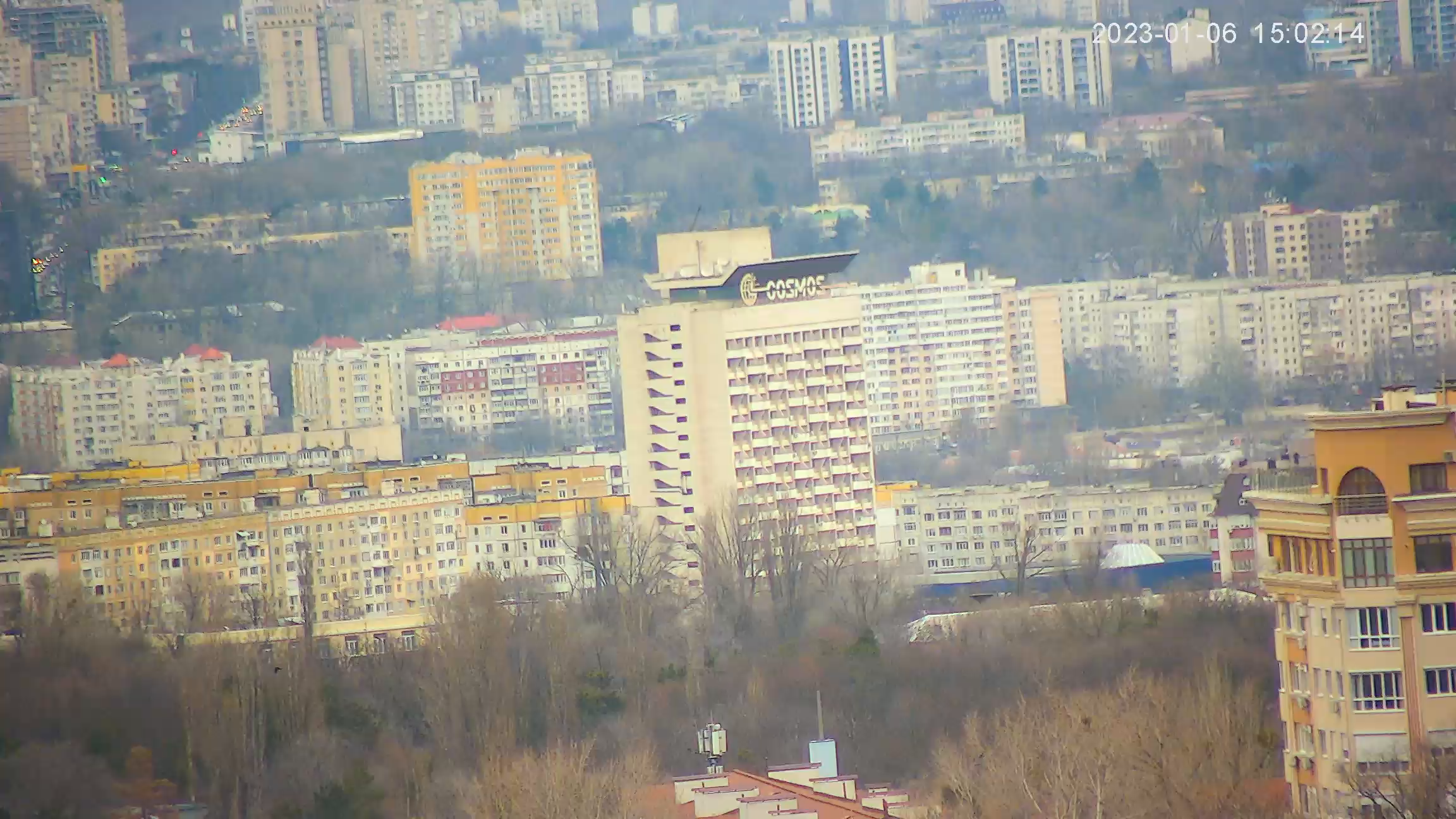Webcam Thebes. Panorama
The city of Thebes is located in the southeastern periphery of Central Greece and is the largest settlement of the region of Boeotia. The city spreads out on a hilly plain south of Lake Ilica and north of the Kiteron Range. Thebes lies 100 kilometers from Athens, with which it is connected by Highway 1 and the railroad leading to Thessaloniki.
The city stands on the site of ancient Thebes, one of the largest cities in ancient Hellas. The emergence of Thebes is described in different variations of myths. The most popular version is that the city was founded by the king Cadmus, the grandson of Poseidon. The most ancient part of the city, the citadel (the Acropolis of Cadmus), was named after the legendary king. In ancient times Thebes was called the "seven gates" - the number of gates in the mighty city walls. This specification of the number of gates was made not to be confused with the "hundred gates" Thebes of Egypt. The city is also known as Thebes of Boeotia.
Apparently Thebes existed in the archaic period of Greek history and was subsequently conquered by the invading Dorian Greeks. In the ancient period Thebes was the political center of Boeotia and jealously defended the attempts of its neighbors (primarily Athens) to undermine Thebes' hegemony in the region. This was the cause of many wars. By the beginning of the 4th century B.C. Thebes was, along with Athens and Sparta, the most powerful polis.
In 335 BC Thebes was destroyed by Alexander the Great, and slaughtered almost the entire population. Although the city was rebuilt twenty years later, it had lost its former power. The city was once again the center of the alliance of Boeotia, but under the Romans only Cadmea was inhabited in Thebes.
In medieval Byzantium Thebes became a trading city and the largest producer of silk in the empire. Because of this the city was among the richest in Byzantium. Despite private changes of subjection after the fall of the Byzantine Empire (13th-15th centuries) and the city's frequent captures in wars, silk production in Thebes continued to flourish. Under the Ottoman Turks, who ruled the region from 1458, Thebes was called Istefe and retained its status as a trading city.
During the Greek War of Independence fierce battles took place in Thebes. The city became part of Greece in 1829, but only by the early 20th century had finally recovered from the war.
Modern Thebes is a regional commercial center with great tourist potential based on ancient history.









